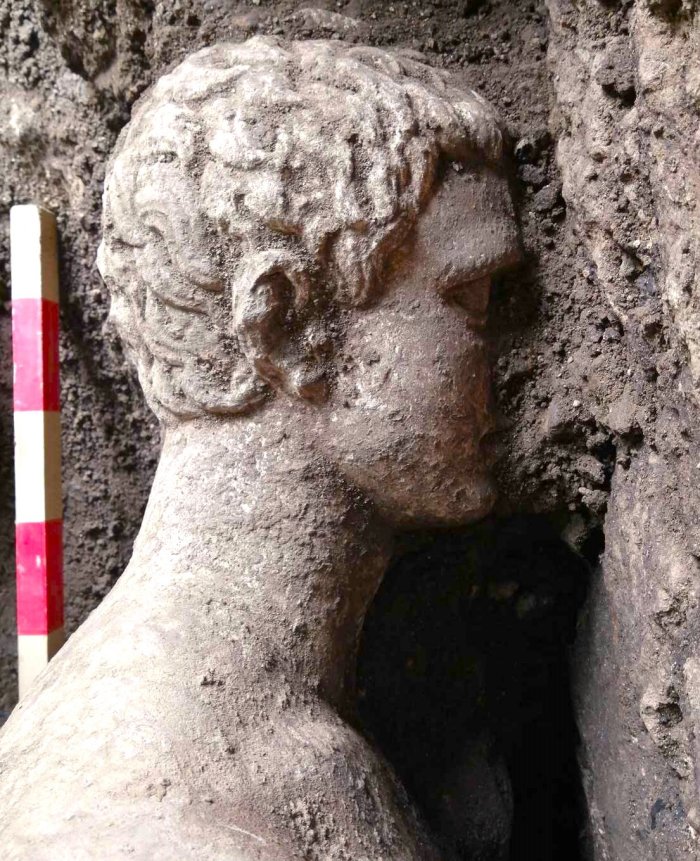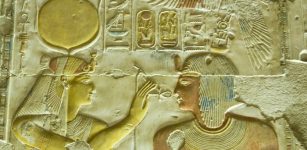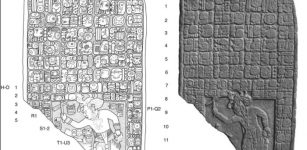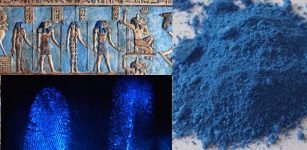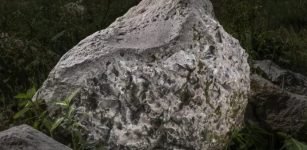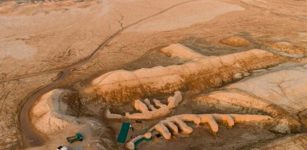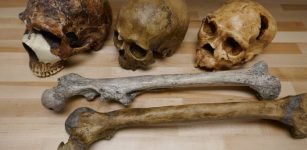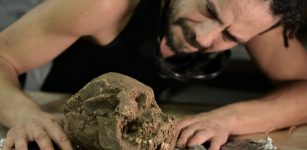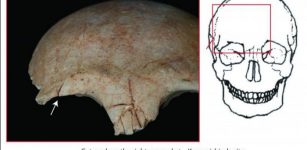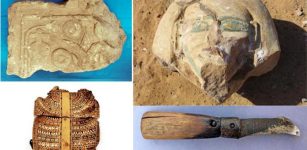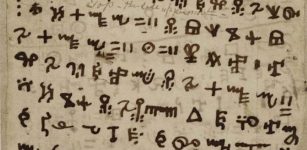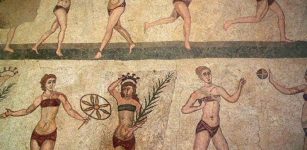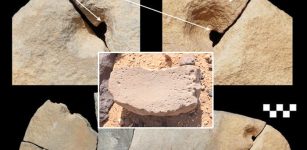Incredibly Well-Preserved 2,000-Year-Old Statue Of Greek God Hermes Found In Heraclea Sintica, Bulgaria
Jan Bartek - AncientPages.com - A team of archaeologists has made an exciting discovery in Bulgaria, excavating a remarkably well-preserved statue within an ancient sewer system. The artifact is presumed to represent the Greek God Hermes, and it is the first such discovery of its kind within Bulgarian borders.
Credit: Archaeologia Bulgarica
The excavation, led by Dr. Lyudmil Vagalinski, took place near the city of Petrich in southern Bulgaria, close to the borders with Greece and North Macedonia. The statue was discovered within the Cloaca Maxima, the main sewer of the ancient city of Heraclea Sintica. Dr. Vagalinski and the Petrich Historical Museum have been conducting excavations in this area since 2007.
Standing over 6'5" tall, the statue was found during a routine assessment of the sewer walls. Its discovery was unexpected, as the land above this section of the sewer is privately owned, limiting extensive excavation efforts. The archaeologists were granted permission only for minor work, such as erosion prevention.
This Hermes statue is particularly noteworthy due to its excellent state of preservation. Similar statues of this type are rare worldwide, with many lacking their heads. The statue is believed to be a Roman copy of a Greek original.
The ancient city of Heraclea Sintica, established by King Philip II of Macedon between 356 and 339 B.C., experienced a catastrophic earthquake in 388 A.D. Dr. Vagalinski posits that the city's inhabitants may have intentionally interred the statue following a seismic event in the region. The ancient city was abandoned around 500 A.D, leaving its sewers to tell the story of the city’s history.
Credit: Archaeologia Bulgarica
It is hypothesized that the citizens of Heraclea Sintica deliberately concealed the statue within the sewer system to preserve their religious practices during widespread Christian conversion.
During Emperor Theodosius the Great (379-395 A.D.), Christianity was officially established as the state religion of the Roman Empire. This development led to a significant shift in attitudes towards paganism, particularly in the Balkan regions. As a result, there was a widespread campaign against pagan symbols and structures.
Credit: Archaeologia Bulgarica
The anti-pagan sentiment manifested in the systematic destruction of temples and the toppling of statues representing pagan deities and figures. This practice was especially prevalent in Bulgaria, where archaeological evidence reveals a pattern of intentional damage to Roman statues.
A notable characteristic of Roman statues discovered in Bulgaria is that they are predominantly headless. This is not due to natural deterioration or random damage but rather a deliberate act of decapitation. Removing the heads from these statues served as a symbolic gesture, representing the eradication of the old pagan beliefs and the triumph of Christianity.
See also: More Archaeology News
“I suppose the town’s former inhabitants put it in the dirt of this site after the great 4th-century earthquake to better preserve one of their old deities during a period when Christianity was already the official religion,” said Lyudmil Vagalinski, head of excavations, in a post on Archaeologia Bulgaria’s Facebook page.
This discovery provides valuable insights into ancient Roman and Greek art and religious practices, as well as the cultural transitions that occurred during the rise of Christianity in the Roman Empire.
Written by Jan Bartek - AncientPages.com Staff Writer



